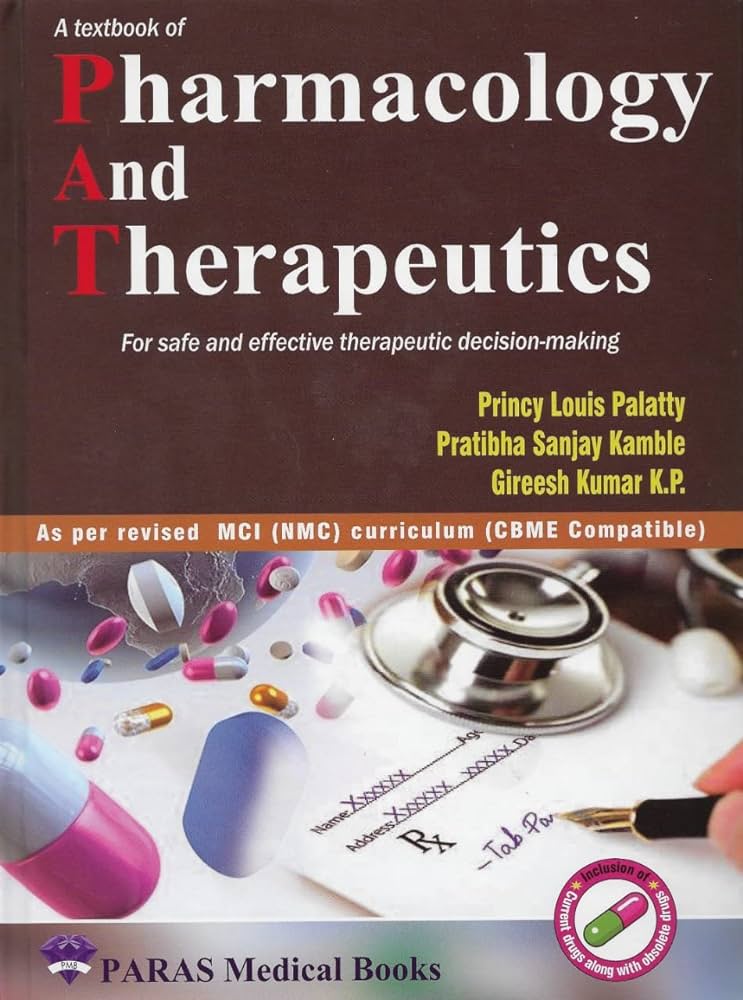Role of epigenetic mechanisms in the pathogenesis of chronic respiratory diseases and response to inhaled exposures: From basic concepts to clinical applications
IF 12
1区 医学
Q1 PHARMACOLOGY & PHARMACY
引用次数: 0
Abstract
Epigenetic modifications are chemical groups in our DNA (and chromatin) that determine which genes are active and which are shut off. Importantly, they integrate environmental signals to direct cellular function. Upon chronic environmental exposures, the epigenetic signature of lung cells gets altered, triggering aberrant gene expression programs that can lead to the development of chronic lung diseases. In addition to driving disease, epigenetic marks can serve as attractive lung disease biomarkers, due to early onset, disease specificity, and stability, warranting the need for more epigenetic research in the lung field.
Despite substantial progress in mapping epigenetic alterations (mostly DNA methylation) in chronic lung diseases, the molecular mechanisms leading to their establishment are largely unknown. This review is meant as a guide for clinicians and lung researchers interested in epigenetic regulation with a focus on DNA methylation. It provides a short introduction to the main epigenetic mechanisms (DNA methylation, histone modifications and non-coding RNA) and the machinery responsible for their establishment and removal. It presents examples of epigenetic dysregulation across a spectrum of chronic lung diseases and discusses the current state of epigenetic therapies. Finally, it introduces the concept of epigenetic editing, an exciting novel approach to dissecting the functional role of epigenetic modifications. The promise of this emerging technology for the functional study of epigenetic mechanisms in cells and its potential future use in the clinic is further discussed.
表观遗传机制在慢性呼吸系统疾病发病机制和吸入暴露反应中的作用:从基本概念到临床应用。
表观遗传修饰是 DNA(和染色质)中的化学基团,决定了哪些基因处于活跃状态,哪些基因处于关闭状态。重要的是,它们整合了环境信号,以指导细胞功能。长期暴露于环境中,肺细胞的表观遗传特征会发生改变,引发异常基因表达程序,从而导致慢性肺部疾病的发生。表观遗传标记除了能诱发疾病外,还能作为有吸引力的肺部疾病生物标志物,因为它具有发病早、疾病特异性和稳定性等特点,因此需要在肺部领域开展更多的表观遗传研究。尽管在绘制慢性肺部疾病的表观遗传学改变(主要是 DNA 甲基化)图谱方面取得了重大进展,但导致这些改变的分子机制在很大程度上仍不为人所知。本综述旨在为对表观遗传调控感兴趣的临床医生和肺部研究人员提供指导,重点关注 DNA 甲基化。它简要介绍了主要的表观遗传机制(DNA 甲基化、组蛋白修饰和非编码 RNA)及其建立和清除机制。它介绍了一系列慢性肺部疾病中表观遗传失调的实例,并讨论了表观遗传疗法的现状。最后,它介绍了表观遗传编辑的概念,这是一种令人兴奋的剖析表观遗传修饰功能作用的新方法。报告还进一步讨论了这项新兴技术在细胞表观遗传机制功能研究方面的前景及其未来在临床中的潜在应用。
本文章由计算机程序翻译,如有差异,请以英文原文为准。
求助全文
约1分钟内获得全文
求助全文
来源期刊
CiteScore
23.00
自引率
0.70%
发文量
222
审稿时长
90 days
期刊介绍:
Pharmacology & Therapeutics, in its 20th year, delivers lucid, critical, and authoritative reviews on current pharmacological topics.Articles, commissioned by the editor, follow specific author instructions.This journal maintains its scientific excellence and ranks among the top 10 most cited journals in pharmacology.

 求助内容:
求助内容: 应助结果提醒方式:
应助结果提醒方式:


